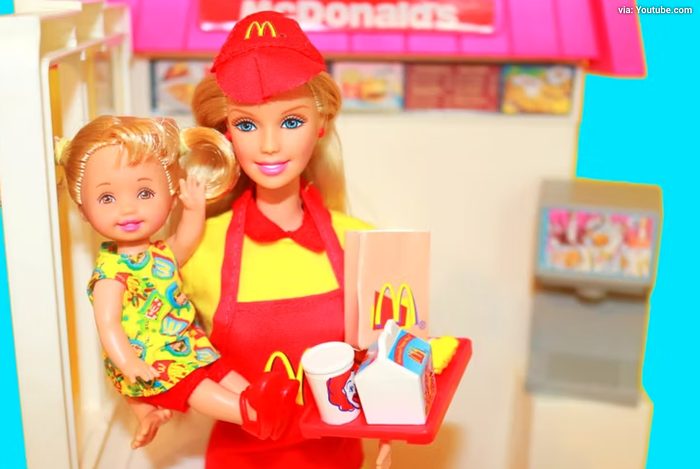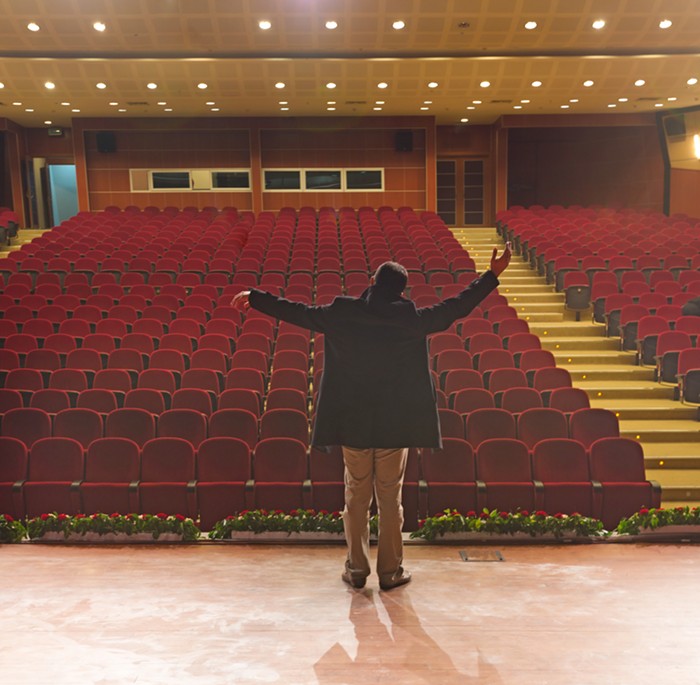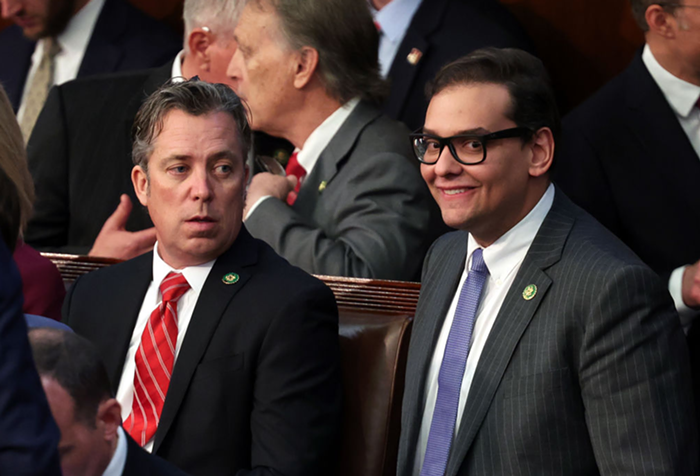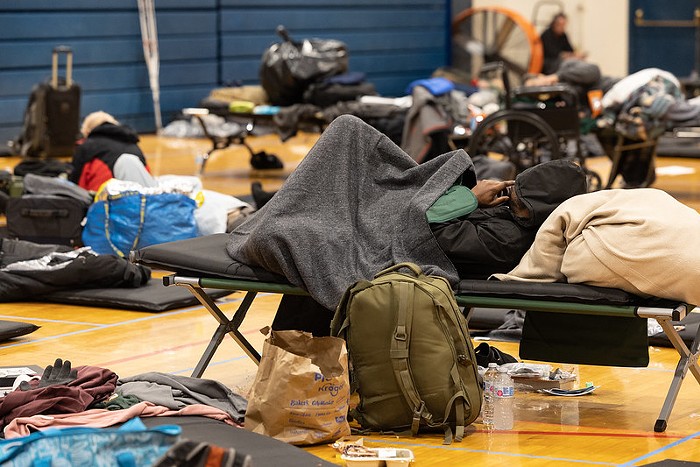Robin DiAngelo spends more time than your average white female thinking about race. Professionally, DiAngelo teaches classes on social justice at the University of Washington’s School of Social Work and travels around the state giving diversity workshops. She laughs about how much the topic suffuses her life: When she’s not conducting workshops, she attends talks about race, panels about race, events focusing on race. Her focus makes sense. She’s the mind behind “white fragility,” the idea that white people in the United States often grow up without having to talk or think about race and fail to build up the tolerance needed for discussions of any depth on the topic. When confronted with this understandable weakness, they often lash out or withdraw—the fragility in question.
The concept entered the zeitgeist in the era of All Lives Matter but has taken on special weight in the Trump era. In fact, DiAngelo credits Trump’s election victory as a backlash to eight years of white discomfort under a Black president. “The same people who have controlled everything continue to control everything,” she says. “To be able to continue to wield that control, they played on white fragility.”
“The same people who have controlled everything continue to control everything.” —Robin DiAngelo
DiAngelo likes to start her workshops by showing a series of images from religion and pop culture: God, Jesus, politicians, celebrities. She often includes the casts of popular aspirational TV shows like
Friends, Seinfeld, Sex and the City, and Girls. “I inundate them with everyday images,” she says, guiding participants to think about how such images might shape the American consciousness. “I make it undeniable.”
By “it,” she means systemic racism. She’s careful to define her terms here, acknowledging that racism was used in the past to refer to overt actions like cross burning or slurs, but stressing that it is now commonly used to refer to a society that sees “white as superior, white as ideal, white as the cultural norm.” In the Trump era, she contends, these concepts are more relevant than ever. What’s to be done in a world of travel bans, border walls, and hate crimes? DiAngelo is calling on white people “to build our capacity to bear witness.”
👱👱🏻👱🏼👱🏽👱🏾👱🏿
DiAngelo, now 60, was raised by a struggling single mom in the economically divided city of San Jose, California. She attributes her willingness to talk about a subject many white people find uncomfortable to her difficult childhood.
The family moved every few months, and DiAngelo’s mother often could not afford both rent and groceries. They went through periods of homelessness. One particular afternoon at a friend’s house was a turning point. “I heard the little girl say to her mother, 'What’s wrong with them?’”
“Her mother actually went, 'Shhhh. They’re poor,’” she remembers. “It was this moment of, 'Oh my god, there’s something shameful about us that everyone can see but no one should name.’”
Then, when DiAngelo was 11, her mother developed leukemia. “Up until the day she died, we were told she was getting better,” she says. She points to the twin silences around her class and her mother’s illness as the source of her drive to talk about whiteness. “The relationship between silence and suffering is just really clear to me,” she says. “There’s an elephant in the room, and we’re going to talk about it.”
She credits Peggy McIntosh’s seminal piece “White Privilege: Unpacking the Invisible Knapsack” for first opening her eyes to the tacit and unacknowledged benefits of being white, but it was only when she became a diversity trainer that DiAngelo actually got comfortable talking about racism. That process marked the first time she had her assumptions about race challenged consistently by people of color, and she remembers going home angry the first few nights of the weeklong training. “Part of being white is that I could be in my 30s and college educated, and never have had my racial worldview challenged,” she says—her own white fragility.
👸👸🏻👸🏼👸🏽👸🏾👸🏿
Though her life is filled with discussions about race, DiAngelo admits to still making mistakes—and emphasizes that it’s part of the process. “On almost a daily basis, I get feedback,” she says, thinking back with a wince to a recent mistake she made during a conversation with a Black web developer. DiAngelo and the web developer were working on a project together, and they were in a meeting with two other Black women who DiAngelo knew much better. The developer was presenting a new aspect of the project, a survey. DiAngelo thought the survey was “silly” and a “waste of time”—and she said so, in a way that was, in retrospect, overly dismissive and glib. At the same time, she also began ribbing one of the other Black women she knew well. She joked about how some white people they worked with reacted to her. “I said something like 'Her hair scared them,’ because she’s clearly Black and she has locked hair,” DiAngelo remembers. “It was kind of teasing about other white people’s racism.”
The crux here, DiAngelo says, is her teasing was targeted at the Black colleagues she knew better. But being dismissive and overly jokey about freighted racial topics in front of another Black coworker whose limits she didn’t know was a hurtful misstep. “I’ve spent my life justifying my intelligence to white people,” the Black web developer told DiAngelo later. “And I don’t want to joke about Black women’s hair with a white woman I don’t know.”
DiAngelo cites a favorite quote by the poet Pat Parker to illustrate the distinction she sees here, one that’s at the heart of much of white fragility. “The first thing you do is to forget that I’m Black/Second, you must never forget that I’m Black,” Parker writes.
The challenging part for many white people, DiAngelo says, is holding both ideas at once. That involves navigating interactions on an individual level. She acknowledges, for example, that the web developer might never have become okay with her teasing no matter how well they came to know each other, while her other Black coworkers might each feel differently. But, DiAngelo adds, white people shouldn’t use individuality as an excuse for not thinking about broader contexts. She believes that white people in conversation with people of color “bring our histories with us” and that—regardless of an individual white person’s experience or heritage—this context means they may be perceived as connecting to “a history of harm.” She continues: “So to just proceed the way you would always proceed with 'anybody’ (and, let’s face it, 'anybody’ is white) is to not be thoughtful about the difference in impact.”
In DiAngelo’s mind, incidents like the one with her colleague are inevitable stumbles in the slow process of dismantling her own ingrained racism. What matters more, she says, is how she and the woman worked toward resolution: First, an apology from DiAngelo, with zero defensiveness, and then a genuine discussion about how to heal their relationship and move forward. She says sharing her own experiences is an important part of her teaching. “I’m never going to be free of these patterns. I do much less harm than I used to, but I think it’s really good for people to see someone like me step in it and to see me model how to receive that in a way that repairs rather than further damages. I will step in it; we all will. The key is, how do we repair it?”
“White fragility is what led us here,” says DiAngelo, referring not just to Trump’s election but to the frenzy of policy changes that have characterized his first months in office—and the expressions of hate that blossomed simultaneously. She references the burned mosques, the recent run of vandalism in Jewish graveyards, and the shooting of a Sikh man in a Washington state driveway on March 3. After eight years of chafing under narratives of racial progress, “people obviously feel emboldened,” she says. “We have got to examine the narratives that have allowed these folks to be emboldened.”

DiAngelo views the Trump administration’s executive order banning travelers from several Muslim-majority countries through the same lens of prejudice and discomfort. “The majority of terrorism that we experience in this country is done by white people; it’s not actually immigrants from these [travel-ban] countries,” she points out. But systemic racism “projects onto people of color the sins of us, controlling the narrative, twisting it.” White fragility means that it’s easier to blame the other than to have the uncomfortable conversation about what makes white men behave this way.
She sees a shared dynamic in the rise (and fall) of Breitbart News darling Milo Yiannopoulos, whose speech at the University of Washington led to violent protests on Inauguration Day. “White progressives are very attached to this idea of ‘good whites and bad whites,’” she says. “We can use somebody like Milo to distance ourselves [from racism]. He’s so clear. He’s so outrageous. And yet we aren’t actually looking at the narratives that we use every day and how those function.”
In finishing the thought, she brings it even closer to home, to the high percentage of white parents who send their children to private school, concluding: “We abandon children of color to what we see as inferior schools and make sure that our children have the best. You know, that is participation. Those children can’t have inferior educations without my children having a superior education. But Milo is just really easy to get upset about.”
👍👍🏻👍🏼👍🏽👍🏾👍🏿
For DiAngelo, the first step in fighting white fragility is learning to tolerate discomfort in discussions of racism, and that means teaching white people not to tune out, to cut through the thick layer of apathy that’s so common in her workshops. She opened a recent workshop by addressing the white people in the room who might be tempted to check their phones during the presentation by saying, “I want you to consider how that is connected to the fact that you’re white. Here you are with an opportunity to reflect during a relatively short period on your socialization under racism, and you’re choosing to check out. And I’d also ask you to reflect on the message it sends to the few people of color in this room when you do that.”
She laughs, “And trust me, they don’t fucking do it after that.”
In staying present, she hopes that workshop participants won’t just come away informed but also feeling liberated. “I’m starting from the premise that I’ve been thoroughly socialized into it, and I don’t need to pretend, hide, negate, deny, hope you won’t notice,” she says. She maintains that it’s natural (though not necessarily benign) that white people get complacent growing up immersed in a system that functions to their advantage. The key is what they do with their new understanding once they have it.
“How have you managed to not care enough to find out [what to do next]? And what would it take to change that?” —Robin DiAngelo
Since the election, DiAngelo has noticed a new sense of urgency in her workshops, more motivation to push through the apathy and discomfort and talk frankly. She leaves each workshop a little more confident than she used to, with the hope that more participants than usual—by this she means “maybe half”—will follow up and educate themselves further.
Often, they ask her what to do next—and she sees that as an important starting point. “I say, ‘Take a deep examination of what about your life has enabled you to not know the answer to that question... Then address those things. How have you managed to not care enough to find out? And what would it take to change that?’”
Robin DiAngelo is the author of What Does it Mean to Be White? Developing White Racial Literacy and Is Everyone Really Equal? An Introduction to Key Concepts in Critical Social Justice Education (along with Ozlem Sensoy). For more information visit robindiangelo.com.
